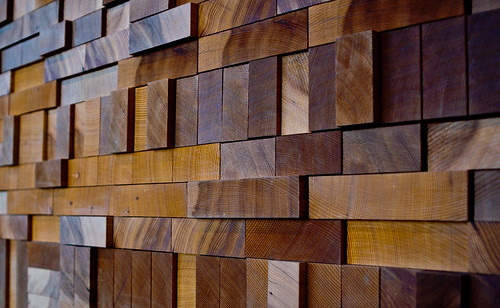Every once in a while when I am traveling for business, I run into something really unique. Sometimes funny, sometimes confusing, sometimes just a great picture. Last week I was staying in the Birdie Hotel in Pardubice, Czech Republic. It is a small place with about 20 rooms, a decent restaurant, and a golf theme. Odd, considering that there is no golf club in the area that I saw. There is something very unique about the Birdie though. It has a Salt Cave.

The Salt Cave is a man-made room with salt encrusted on every surface. Some strategically hung strings of Christmas lights complete the atmosphere. Apparently it is pretty popular. So popular that I never got in to see it since there was always someone in treatment. I stole these pictures from the hotel web site.

You may be asking, what exactly do you do with a salt cave. Good question. You are supposed to sit inside on the lawn chairs for a 45 minute treatment. The idea is that it is healthful like sitting near the ocean. It is supposed to be good for your skin and lungs.
From the web site: "The combination of serene music, the sea air, and colored lights amid glittering salt crystals from the Dead Sea, the Black Sea, Pakistan, and Polish Klodawa will do wonders for your body and soul."

"The cave, covering an area of 70 square metres, was created using 40 tons of salt. It is equipped with 17 adjustable French beds, inhalation fountains, and salt-falls. Just 45 minutes, which is the time of one session, has the same beneficial effect as 2-3 days spent at the seaside."
"Salt is more precious than gold, and we are ready to provide you with the conditions you need to relax and restore your vitality for the next day. The unusual place and atmosphere will restore your health, vitality, and mental and bodily condition."
Open every day from 10am to 7pm. They even have a little gift shop selling salt crystals for healthful healing at home.




































 as well as the "outdoor" version of the Olympic torch:
as well as the "outdoor" version of the Olympic torch: I am pretty sure the larger peak in the background is Grouse Mountain -- home of the "Grouse Grind", where hikers go straight up to the top in a grueling 1.8-mile hike ending in excellent views of the city. Unfortunately, later in the week when I was able to get out of the city, there was too much smoke from forest fires in the north to make a "view" worth the hike. Here you can see the difference between the smoke on Wednesday late afternoon (left) and Thursday mid-day (center and right):
I am pretty sure the larger peak in the background is Grouse Mountain -- home of the "Grouse Grind", where hikers go straight up to the top in a grueling 1.8-mile hike ending in excellent views of the city. Unfortunately, later in the week when I was able to get out of the city, there was too much smoke from forest fires in the north to make a "view" worth the hike. Here you can see the difference between the smoke on Wednesday late afternoon (left) and Thursday mid-day (center and right):











 If you look carefully, you can see a gaggle of teenaged boys standing at the bottom of the waterfall, watching as the boy in the blue standing near the top of the waterfall (a little to the left) prepared to jump into the pool below. He eventually got up his nerve, and seemed fine afterward. A little upstream is another jumping pool that is a bit less tall, but just as harrowing, as there's only about a 6 foot square area in which to land safely in the water. You will be dashed on the rocks if you miss. As I saw many rangers walking around, this swimming activity seems to be sanctioned. I did not get in, but may have waded around if I'd been wearing more water-friendly clothes.
If you look carefully, you can see a gaggle of teenaged boys standing at the bottom of the waterfall, watching as the boy in the blue standing near the top of the waterfall (a little to the left) prepared to jump into the pool below. He eventually got up his nerve, and seemed fine afterward. A little upstream is another jumping pool that is a bit less tall, but just as harrowing, as there's only about a 6 foot square area in which to land safely in the water. You will be dashed on the rocks if you miss. As I saw many rangers walking around, this swimming activity seems to be sanctioned. I did not get in, but may have waded around if I'd been wearing more water-friendly clothes.





